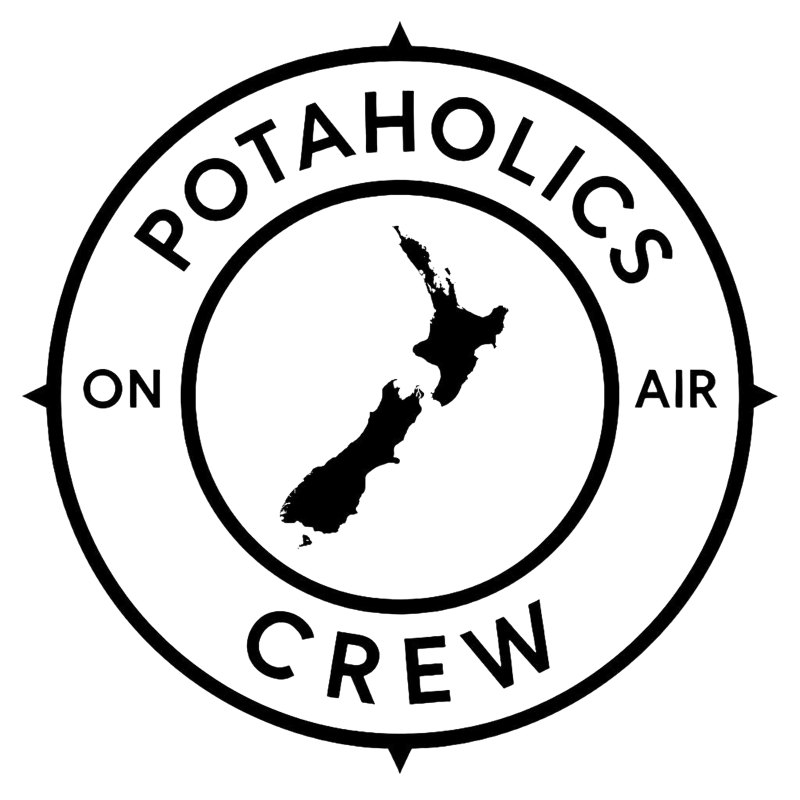The Essential Gear (The Bare Minimum)
To successfully complete a POTA activation, you need to make contacts. To do that, you’ll need the following:
Radio (Transceiver): A radio that can transmit on the HF bands is what most POTA activators use, as it gives you the best chance of making contacts over long distances. Popular options include:
QRP (low power) rigs: These are small, lightweight, and very battery-efficient. They are perfect for a "hike-in" activation. Examples include the Elecraft KX2/KX3, Icom IC-705, or Xiegu G90.
Shack-in-a-box" radios: These are slightly larger but often offer more power and features. They are great for activations from a vehicle or a picnic table. Examples include the Icom IC-7300, Yaesu FT-891, or Kenwood TS-480.
Antenna: The antenna is arguably the most critical part of your station.
Wire Antennas: These are a favorite for POTA because they are lightweight, easy to deploy, and very effective. Common types include: End-Fed Half-Wave (EFHW)
Random Wire Antenna
Dipole Antenna
Vertical Antennas: These are great for limited space and offer a lower angle of radiation, which is good for DX (long-distance) contacts. Examples include the Wolf River Coil, Buddipole, or Hamsticks.
Power Source: You’ll be operating off the grid, so you need a portable power source.
Battery: A LiFePO4 (Lithium Iron Phosphate) battery is the gold standard for POTA due to its light weight, consistent voltage output, and long lifespan.
Solar Panel: A solar panel is an excellent addition, especially for long activation's, as it can keep your battery topped up.
Coax and Cables: You’ll need a coaxial cable to connect your radio to your antenna, as well as power cables to connect your radio to your battery.
Logging Method: You must log your contacts to get credit.
Paper Logbook: A pen and a simple notebook work perfectly. Many operators prefer this method as it’s reliable and doesn’t require power.
Digital Logger: Many hams use a tablet or laptop with POTA-specific software like HAMRS. This is faster and makes it easy to submit your logs, but it requires power.
Something for UTC Time: POTA logs must be in UTC (Coordinated Universal Time), so an accurate clock or your phone set to UTC is essential.
Optional, But Highly Recommended Gear
Antenna Support: If you’re using a wire antenna, you’ll need a way to get it in the air.
Mast: A telescoping fiberglass or aluminum mast is a great way to get your antenna up high.
Throw Line/Arborist Kit: If you’re in a park with trees, a throw line and some paracord can help you get your antenna into the branches.
Folding Chair and Table: Comfort is key, especially during long activation's.
Headphones: Essential for hearing weak signals and not disturbing other park visitors.
SWR Analyzer/Antenna Tuner: While not strictly required, an SWR meter or antenna analyzer is invaluable for ensuring your antenna is properly tuned and radiating efficiently. An antenna tuner can help you get on different bands with a single antenna.
Misc. Supplies:
Bug spray and sunscreen
Water and snacks
Rain gear or a pop-up canopy
A simple tool kit (wire cutters, wrenches, etc.)
A headlamp for evening or night operations
A printed copy of your radio manual and the park map.
The best way to start is with the basics and then add to your kit as you gain experience and discover what works best for you and your team. Good luck with your activation's!
A Glimpse of what we do






Share Your Thoughts
Your insights and feedback are invaluable to us—helping us to grow, improve, and consistently deliver exceptional work. Whether it’s compliments, suggestions, or constructive criticism, your thoughts are always appreciated.
